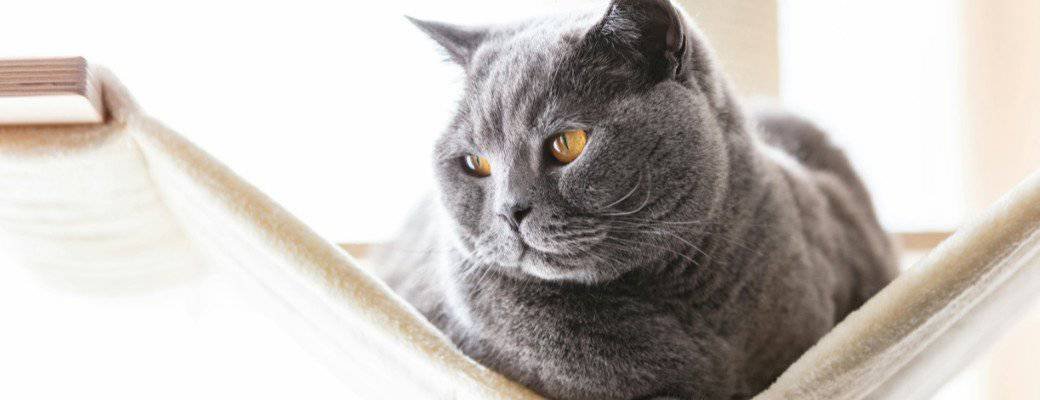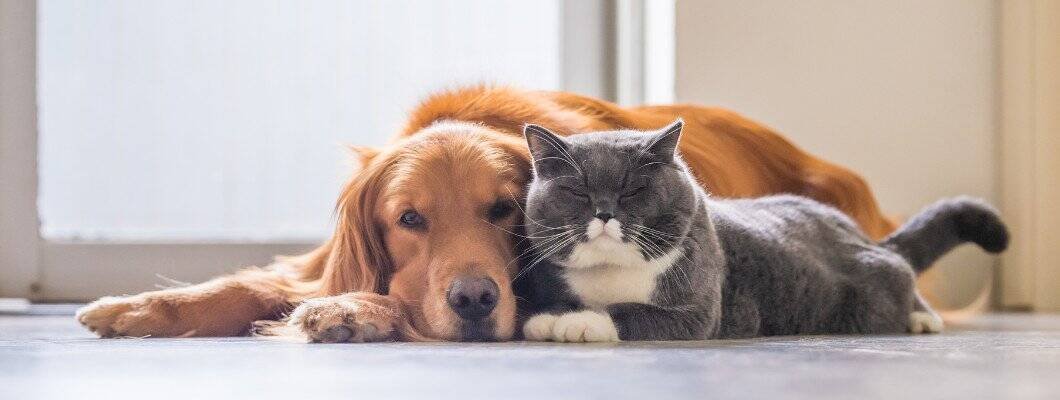When it comes to choosing a cat breed, two of the most popular—and often compared—options in the UK are the British Shorthair and the Ragdoll. Both breeds are known for their calm nature, affectionate personalities, and good looks. But they also have key differences that might make one better suited to your home and lifestyle than the other.
As a lifelong breeder and cat judge, I’ve spent countless hours with both British Shorthairs and Ragdolls. I’ve seen the many ways they charm their owners and settle into family life. I’ve also seen the unique quirks and care requirements each breed brings to the table.
In this article, I’ll compare the two breeds in terms of temperament, grooming needs, health, and more, helping you decide which cat might be the perfect fit for your home.


Personality and Temperament
British Shorthair: Independent and Dignified
The British Shorthair is often described as calm, laid-back, and independent. They are not overly demanding but form strong, quiet bonds with their owners. They enjoy being around people but are not the type of cat to follow you around all day or demand constant attention.
British Shorthairs like Rosie, my black British Shorthair, are affectionate but in a dignified, non-invasive way. She loves to be near me but doesn’t necessarily need to be on my lap or in my personal space all the time. They have a more reserved, “watchful” personality, and they appreciate a predictable environment.
Ragdoll: Gentle and Affectionate
Ragdolls, on the other hand, are known for their extreme affection and tendency to follow their owners around. They’re often referred to as “puppy-like” due to their tendency to be social and seek out attention. A Ragdoll is more likely to climb into your lap, follow you from room to room, and enjoy being held.
Ragdolls are often described as “floppy cats” because they are incredibly relaxed when picked up—though they’re also strong, healthy cats. They’re affectionate, friendly, and often become very attached to their human family members.
If you want a cat who loves to cuddle and be involved in everything you’re doing, a Ragdoll might be the better choice. However, if you prefer a more independent cat who’s happy to be nearby but not in your face, the British Shorthair could be the right fit.


Grooming and Maintenance
British Shorthair: Low-Maintenance Coat
British Shorthairs are relatively low-maintenance when it comes to grooming. Their short, dense coats shed moderately, and they only require brushing once a week to keep their coat healthy and remove loose fur. They don’t typically require professional grooming or regular baths, making them a good choice for people who want a cat with minimal grooming requirements.
Rosie’s thick coat does need attention, but she’s not a high-maintenance cat in terms of grooming. I brush her once a week with a slicker brush, and that’s usually enough. During moulting seasons (spring and autumn), I might brush her a couple of extra times to keep up with the shedding, but it’s still pretty straightforward.
Ragdoll: Long Coat Requires Regular Grooming
Ragdolls, in contrast, have semi-long to long coats that require more attention. Their fur can become tangled or matted if not regularly brushed. Ideally, you should brush your Ragdoll several times a week, especially during shedding seasons. Without regular grooming, their coats can easily get knotted, and matting can become a real issue.
If you’re willing to commit to the extra grooming time, a Ragdoll’s beautiful, soft coat is worth the effort. But if you’re looking for a cat that requires less upkeep, the British Shorthair’s short coat is likely more appealing.


Health Considerations
British Shorthair Health
In general, British Shorthairs are a healthy breed with few hereditary health issues. However, like all cats, they can be prone to certain conditions:
Hypertrophic Cardiomyopathy (HCM): A heart condition that affects some British Shorthairs. It’s a good idea to check that the breeder screens for this condition before purchasing a kitten.
Obesity: British Shorthairs are prone to gaining weight, so it’s important to monitor their diet and ensure they get enough exercise.
Regular vet check-ups and a healthy diet will help mitigate most health risks for British Shorthairs.
Ragdoll Health
Ragdolls are generally healthy but do have some inherited conditions to watch out for, including:
Hypertrophic Cardiomyopathy (HCM): Like the British Shorthair, Ragdolls are also prone to HCM. It’s crucial to buy from a breeder who screens for heart conditions.
Urinary Issues: Some Ragdolls can develop urinary tract infections, so it’s important to keep an eye on their urinary health.
Ragdolls are generally well-tolerated by families, but like any breed, regular vet visits and proper care are essential for long-term health.
Activity Levels and Exercise Needs
British Shorthair: Low to Moderate Activity
British Shorthairs are generally a bit more sedentary compared to Ragdolls. They enjoy playing, but they don’t need to be constantly active. They’re happy with a few short play sessions each day and are more content to relax or observe their surroundings.
Rosie enjoys her interactive playtime with toys like feather wands or laser pointers, but she’s not a cat who demands endless activity. She’s quite content lying by the window, watching the world go by.
Ragdoll: Active and Social
Ragdolls tend to be more active and interactive, particularly if they’re raised in a stimulating environment. They’re social cats who enjoy engaging in play, and they love to be part of the action. If you want a cat that will actively engage with you, follow you around, and even fetch toys, a Ragdoll is your best bet.
FAQs About British Shorthairs and Ragdolls
Yes, British Shorthairs are generally easier to care for in terms of grooming and maintenance. Their short coats require less upkeep than a Ragdoll’s long fur.
Both British Shorthairs and Ragdolls are excellent for families, but Ragdolls tend to be more social and tolerant, making them a good choice for households with active children.
Yes, British Shorthairs are more independent and tend to be less needy. Ragdolls, on the other hand, are very people-oriented and love to follow their owners around.
Yes, both breeds are generally sociable with other cats. However, because Ragdolls tend to be more energetic, they may sometimes overwhelm a British Shorthair. It’s always best to introduce them slowly.
Both breeds are great for first-time owners, but British Shorthairs are a bit easier in terms of grooming and maintenance, making them a slightly better choice for new cat owners.
Final Thoughts About Differences Between British Shorthair and Ragdoll Cats
When choosing between a British Shorthair and a Ragdoll, it ultimately comes down to your preferences and lifestyle. If you’re looking for a calm, independent cat with a short coat and a dignified personality, the British Shorthair is the breed for you. If you want a more interactive, affectionate companion who thrives on human company, a Ragdoll may be a better fit.
Rosie is a perfect example of the British Shorthair temperament, independent, calm, and content to be near me without overwhelming me for attention. Ragdolls, on the other hand, are incredibly sweet and social cats who enjoy being the centre of attention.
Whichever breed you choose, both are wonderful additions to any home. It’s about finding the right balance of affection, personality, and grooming needs that suits your family.
